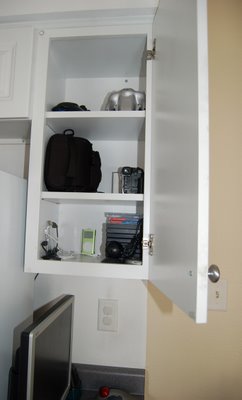media pc, part 4: installation and tweaking
Then I installed SageTV, and though it worked immediately, the picture quality sucked. My excitement transitioned into intense concentration as I worked to get the best possible picture from the video card, monitor (TV), capture card, video decoder, and SageTV. Each has its own settings which affect various aspects of the picture. Of course, some device settings conflicted with others, which didn't help to simplify the process. I found it best to first configure the devices which modify the picture in a broader scope, then work my way down to the fine-tuning devices. When two or more devices
modified the same settings, such as sharpness, I first configured the device which provided the highest level (as opposed to low-level fine-tuning), then worked my way down to the details.
Adjusting the settings alone was a lengthy learning process, and I spent about eight hours tweaking everything to be just right, which includes watching various sections of TV shows and DVDs to compare settings. It was worth the effort, though. The resulting picture quality for cable TV is better with the HTPC than without it. For DVDs, the HTPC looks much better than our Panasonic RV-32 stand-alone unit.







